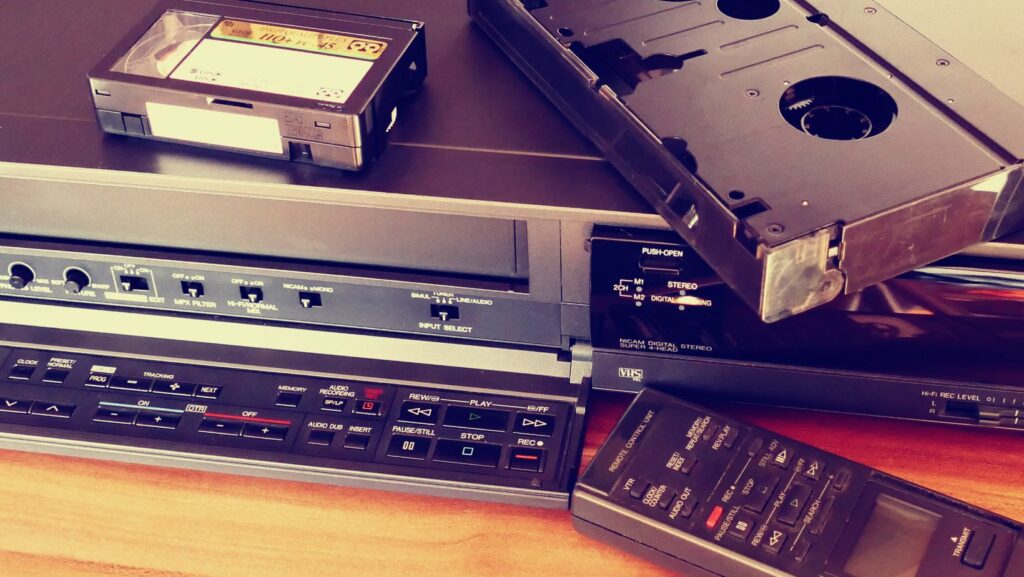Windows Media Player Classic Hardware Acceleration

In an era where digital media consumption is at an all-time high, achieving seamless playback is crucial. Windows Media Player Classic, a beloved choice for many, offers a feature that can significantly enhance viewing experiences: hardware acceleration. This powerful tool leverages a computer’s GPU to decode video files, reducing CPU load and improving playback quality.
Understanding how to enable and optimize hardware acceleration in Windows Media Player Classic can transform how users enjoy their favorite media. It not only ensures smoother video playback but also enhances visual quality, making it an essential feature for anyone who frequently watches high-definition content. As more users seek efficient ways to maximize their media player’s capabilities, exploring the benefits and setup of hardware acceleration becomes increasingly relevant.
Overview Of Windows Media Player Classic

Windows Media Player Classic offers a lightweight, versatile media playback experience. Known for its resemblance to older Windows Media Player versions, it combines familiar UI elements with enhanced capabilities. Unlike its predecessors, it supports a vast array of audio and video file formats, allowing users to play almost any multimedia file without additional codecs.
Key features include easy navigation, customizable settings, and minimal system resource usage. Despite its simple design, it delivers robust functionality suitable for handling both standard and high-definition content. When paired with hardware acceleration, Windows Media Player Classic efficiently utilizes the GPU to provide smooth playback. By lowering CPU stress, it ensures high-quality viewing without interruption or lag, particularly beneficial for resource-intensive media files.
Understanding Hardware Acceleration
Hardware acceleration optimizes media consumption by leveraging a computer’s GPU instead of only the CPU. This process enhances playback quality and efficiency, particularly crucial for handling demanding media files with high-resolution content.
What Is Hardware Acceleration?
Hardware acceleration refers to the use of a GPU to perform certain computational tasks more efficiently than a CPU. In media players like Windows Media Player Classic, this function takes charge of decoding video files. It relieves the CPU from heavy processing duties, enabling smoother and faster playback. By managing complex video processing tasks, hardware acceleration provides an enriched media experience for users.
- Improved Playback: Enhancing video quality, it reduces stuttering in high-definition content.
- Reduced CPU Load: By offloading tasks to the GPU, it decreases CPU usage, freeing resources for other activities.
- Energy Efficiency: By maximizing GPU efficiency, it can potentially lower overall power consumption during media playback.
- Enhanced Performance: Enabling faster data processing, it significantly boosts system performance for resource-heavy tasks.
By integrating these enhancements, hardware acceleration turns media consumption into a seamless and efficient experience.
Enabling Hardware Acceleration In Windows Media Player Classic
Enabling hardware acceleration in Windows Media Player Classic enhances video playback by offloading processing tasks from the CPU to the GPU. This improvement results in smoother performance, especially for HD media.
Step-By-Step Guide

- Open Player: Launch Windows Media Player Classic. Ensure it’s up-to-date for optimal compatibility and features.
- Access Options Menu: Click on ‘View’ in the top menu bar, then select ‘Options’ from the dropdown menu.
- Navigate to Internal Filters: Under ‘Options’, find ‘Internal Filters’ on the left panel.
- Configure Video Decoding: Scroll to ‘Transform Filters’, then locate video formats like H.264 or VC1.
- Enable DXVA: For each supported video format, select the checkbox next to ‘Use DXVA’. This enables DirectX Video Acceleration, pivotal for hardware acceleration.
- Apply Changes: Click ‘OK’ to save settings. Restart the player to activate the changes.
- No DXVA Option: If ‘Use DXVA’ isn’t selectable, verify GPU drivers and update them. Outdated drivers may lack necessary support for hardware acceleration.
- Performance Problems: Experiencing stutters or lags after enabling DXVA can indicate an unsupported codec. Try reverting settings or choosing a different video renderer under ‘Output’ in ‘Options’.
- Resolution Limits: Higher resolutions might not play smoothly if the GPU isn’t robust enough. Consider reducing resolution settings in the media player if performance is compromised.
- Unsupported GPU: Older GPUs may not support hardware acceleration. Check GPU specifications against DXVA requirements and perform hardware upgrades if feasible.
These steps and solutions enhance Windows Media Player Classic’s efficiency, ensuring effortless high-definition media consumption.

